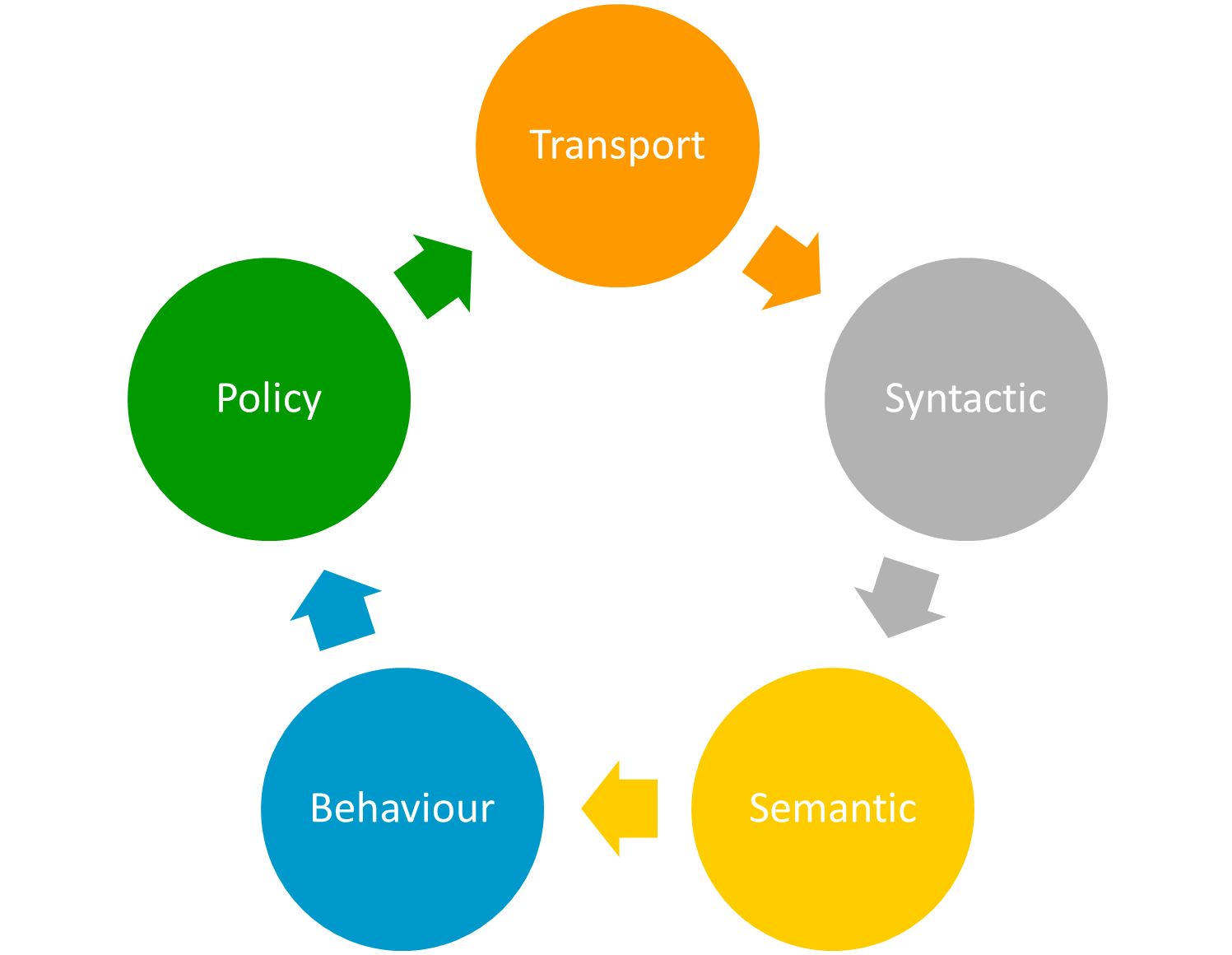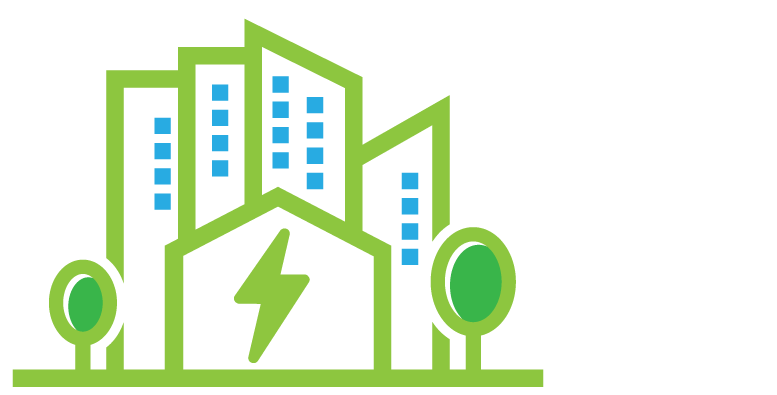To identify and analyse the main interoperability challenges faced by the RESONANCE pilots, Trialog has conducted an Interoperability Cases Survey, based on a template produced by Int:net. The survey is part of a study, examining the approaches and solutions developed by each pilot, which will contribute to a better understanding of interoperability issues and potential standardisation gaps at the European level.
Following the ISO/IEC 19941:2017 and ISO/IEC 21823-1:2019 standards, interoperability can be described using a model of transport, syntactic, semantic, behaviour and policy layers. When interoperability in one of these layers is needed, two key components are required: an interoperability point, which is the location where data exchange occurs, and an interoperability case, representing the justification of and agreement between the stakeholders on the interoperability choices made. These elements are used to create an interoperability profile, which guides the development of interoperable systems.

Representation of the five-layer interoperability model from ISO/IEC 19941:2017 and ISO/IEC 21823-1:2019
Integration challenge in Finland
As an example, the main interoperability challenge reported by the Finnish pilot is the integration of HVAC Resource Managers (RMs) with a Building Automation System (BAS) that uses a REST-like interface for measurements and control. This challenge is located in the semantic layer. Here, the HVAC RMs need to interpret various measurement and control points provided by the BAS, such as indoor temperature, electricity use, and heat pump settings. However, these data points are often represented differently in the BAS and in the RMs, requiring translation and alignment.
To address this challenge, the Finnish pilot created a controlled vocabulary and developed software to map the BAS data to the RM’s needs using configuration files. This solution is well-suited to simple cases, but in more complex cases, such as mismatches in data representation, the Finnish pilot team had to create preprocessing functions and to extend the configuration handling. This experience highlighted the need for a common semantic language between RMs and BAS or Customer Energy Managers. This common language could be provided by the RESONANCE ontology, specifically designed for the project.
Sharing the findings
In the following months, the collected interoperability profiles from all pilots will be further detailed to better highlight the current standardisation needs and share the findings with the European Commission and the relevant standardisation committees. Specific standards of interest include ISO/IEC 21823, ISO/IEC 30188, 30152, and 27568. Additionally, RESONANCE will review other relevant initiatives, such as the workplans of ISO/IEC JTC1/SC41 and IEC’s Smart Energy Committee to investigate potential inputs based on the Interoperability Case Survey.
The project’s findings may also support the development of the Code of Conduct for Energy Smart Appliances led by the Joint Research Centre (JRC) and the Directorate-General for Energy (DG ENER) of the European Commission.
The study is conducted as part of work package 2 on the requirements and common system architecture design. Read more about the survey in D2.3 Report on ecosystem building and co-creation activities.




